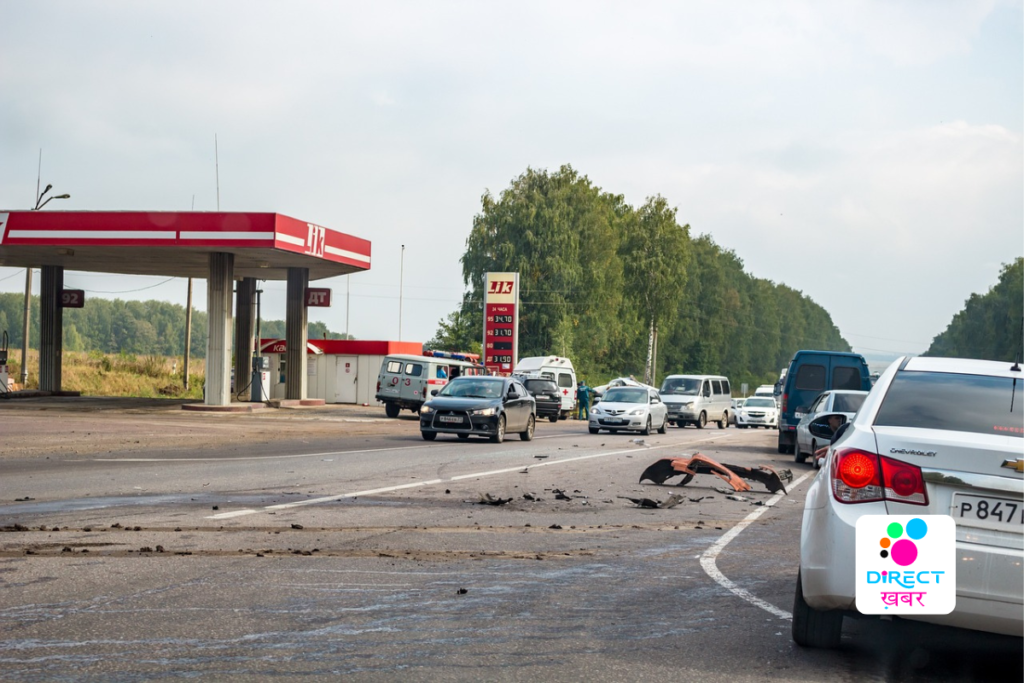Breaking News: Shocking Road Accident Statistics Revealed!
Every year, road accidents claim millions of lives worldwide and cause immense suffering and economic loss. Despite efforts to improve road safety, recent statistics reveal alarming trends that demand immediate attention and action. This article explores the latest road accident statistics, highlighting key trends, causes, and potential solutions to mitigate this global epidemic.

Understanding the Scale of the Problem:
According to the World Health Organization (WHO), approximately 1.35 million people die each year in road traffic crashes, making it one of the leading causes of death globally. Additionally, between 20 and 50 million people suffer non-fatal injuries, many of which result in long-term disabilities. These statistics underscore the urgent need for comprehensive measures to address road safety and prevent further loss of life and suffering.
Trends and Patterns:
Analyzing recent road accident data reveals several concerning trends and patterns. Firstly, vulnerable road users, including pedestrians, cyclists, and motorcyclists, account for a disproportionate number of casualties. In many urban areas, inadequate infrastructure and insufficient safety measures contribute to their heightened risk.

Moreover, speeding, impaired driving, and distracted driving remain significant contributors to road accidents. Despite public awareness campaigns and stricter enforcement of traffic laws, many motorists continue to engage in risky behaviors, endangering themselves and others on the road.
Another emerging concern is the increasing prevalence of technology-related distractions, such as texting while driving or using smartphones behind the wheel. As smartphones become ubiquitous, addressing this issue poses a new challenge for policymakers and law enforcement agencies.
Regional Disparities:
While road accidents occur globally, certain regions bear a disproportionately high burden of fatalities and injuries. Low- and middle-income countries, in particular, experience a higher prevalence of road traffic crashes due to factors such as inadequate infrastructure, lax enforcement of traffic laws, and limited access to emergency medical services.

Within these regions, rural areas often face unique challenges, including poorly maintained roads, limited access to healthcare facilities, and a lack of road safety education. As a result, rural communities may experience higher rates of road accidents and delayed emergency response times, exacerbating the impact of these incidents.
Impact on Society:
The consequences of road accidents extend beyond individual victims, affecting families, communities, and societies at large. In addition to the emotional toll of losing loved ones or coping with life-altering injuries, road accidents impose a significant economic burden through medical expenses, lost productivity, and property damage.
Furthermore, road accidents undermine efforts to achieve sustainable development goals, such as promoting health and well-being, reducing inequalities, and ensuring inclusive and sustainable urbanization. Addressing road safety is therefore essential for building resilient and thriving communities.
Mitigating the Risk:
Addressing the root causes of road accidents requires a multi-faceted approach involving collaboration between governments, civil society organizations, the private sector, and individuals. Key strategies for improving road safety include:
1. Infrastructure Improvement: Investing in safe road design, pedestrian crossings, and dedicated cycling lanes can reduce the risk of accidents and protect vulnerable road users.
2. Enforcement of Traffic Laws: Strict enforcement of speed limits, seatbelt usage, and alcohol and drug impairment laws can deter risky behavior and save lives.
3. Public Awareness Campaigns: Educating the public about the dangers of distracted driving, drunk driving, and speeding can foster a culture of responsible behavior on the roads.
4. Technology Integration: Leveraging advancements in technology, such as automated enforcement systems and vehicle safety features, can enhance road safety and prevent accidents.
5. Emergency Response Enhancement: Strengthening emergency medical services and promoting bystander first aid training can improve the outcomes for road accident victims and reduce mortality rates.
6. Collaboration and Partnerships: Encouraging collaboration between government agencies, NGOs, and the private sector can facilitate the implementation of comprehensive road safety initiatives and maximize impact.
The latest road accident statistics serve as a stark reminder of the urgent need to prioritize road safety and implement evidence-based interventions to prevent needless loss of life and suffering. By addressing the underlying causes of road accidents, improving infrastructure, enforcing traffic laws, and promoting responsible behavior, we can create safer roads and communities for all. Together, let us work towards a future where road accidents are a rare occurrence rather than a tragic reality.






